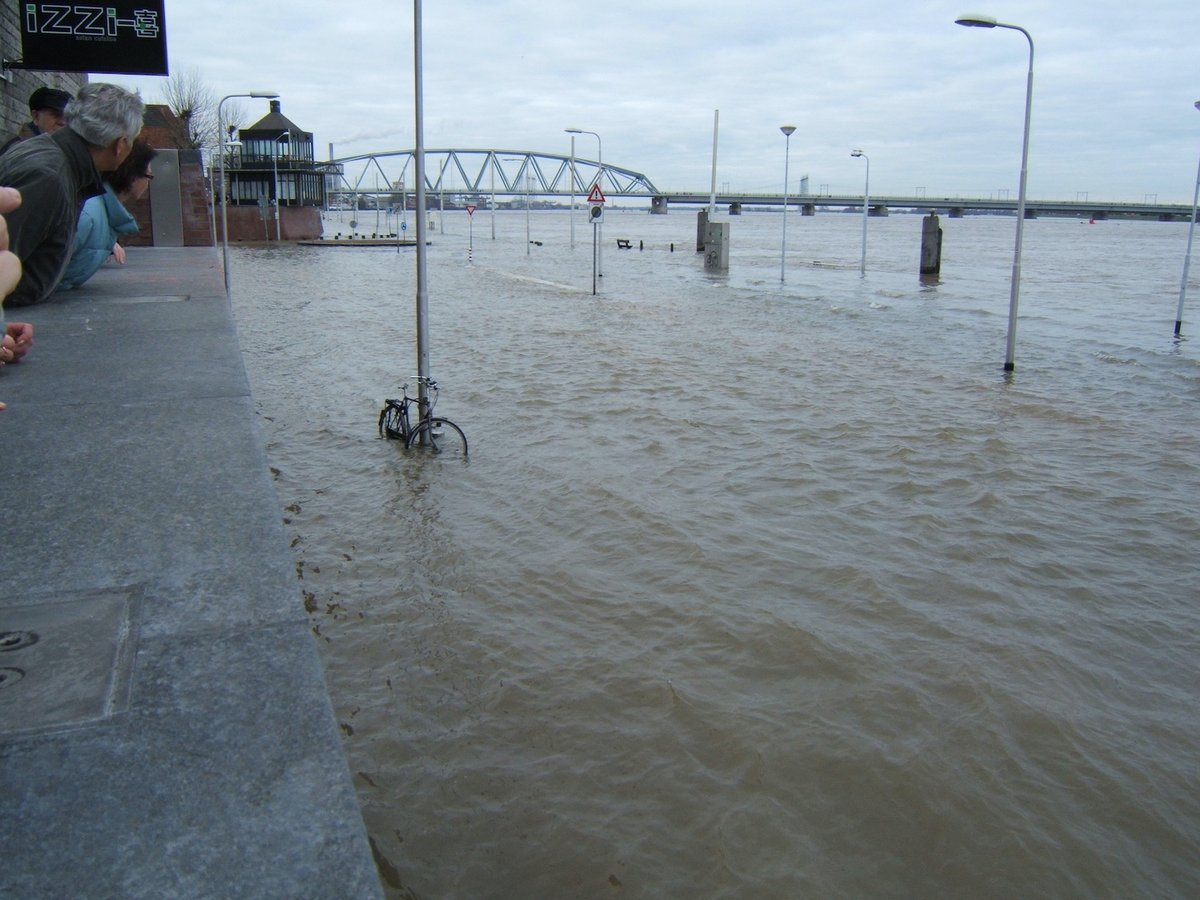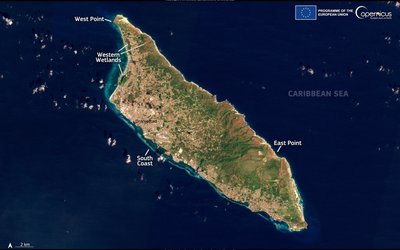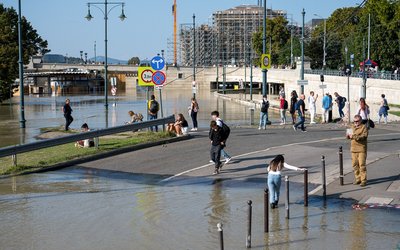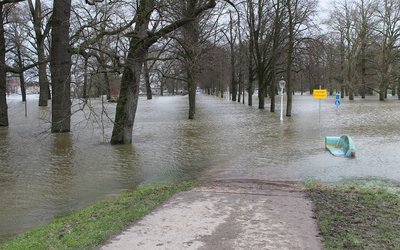Mixing signals of different catchments blurs climate-related trends in river floods
March 7, 2023

Blurred climate-related trends
Global warming has increased extreme precipitation in recent decades but no clear, widespread increase in the magnitude of river floods has been found in scientific analyses at the global scale so far. This may seem odd but it actually makes sense when looking into the processes that generate river floods. Not all floods are induced by heavy rainfall. River floods in cold regions are induced by snow melt. While the discharge of rainfall-induced floods increases under global warming, because of an increase of extreme precipitation, the discharge of snowmelt-induced floods will generally decrease in response to less snow accumulation in the winter. When this distinction is not made in the analyses, signals of changes in floods caused by different mechanisms are mixed, blurring climate-related trends in river flooding.
Four types of floods
In a recent study this distinction was made for almost 250,000 annual maximum flood events in over 7,000 catchments, globally, over the past seven decades. These floods were categorised into four types: (1) intense rainfall-induced floods, (2) excessive soil moisture-induced floods, (3) snowmelt-induced floods, and (4) rain-on-snow-induced floods. For these flood types, trends in the historic data were analysed. Subsequently, projections of annual maximum flood events in these catchments by 2100 were made under a moderate and high-end scenario of global warming based on many climate model simulations.
Classification of flood types
Intense rainfall-induced floods and excessive soil moisture-induced floods together accounted for about 60% of all identified flood events, globally. In Europe, these types of floods mainly occur in the southwestern and western part of the continent. Snowmelt-induced floods and rain-on-snow-induced floods accounted for about 40% of all flood events. Naturally, these floods are generally found in high latitudes and mountainous regions, such as the Alps.
Of all over 7,000 catchments, 35% and 23% were dominated by intense rainfall-induced floods and excessive soil moisture-induced floods, respectively. Snowmelt-induced floods and rain-on-snow-induced floods were the dominant flood type in 22% and 20% of these catchments, respectively.
Historical changes: a mixed picture
Over the study period of seven decades – from 1950 to 2017 – significant changes in annual maximum flood were found for two of these four flood types: an increase in intense rainfall-induced floods and a decrease in snowmelt-induced floods. Trends for the other two flood types were not significant. The number of catchments showing an increase was more or less equal to those showing a decrease. An analysis of all flood events combined did not show any significant trends over 1950-2017, illustrating that the increasing trend in rainfall-induced floods is offset by the concurrent decreasing trend in snowmelt-induced floods.
Future projections: the same mixed picture
The future projections indicate that the historic trends will continue towards 2100. In the catchments where intense rainfall-induced and excessive soil moisture-induced floods are the dominant flood types, maximum annual floods will continue to increase with increasing extreme precipitation, suggesting an increasing flood risk under future warming. In the catchments with dominant snowmelt-related floods, maximum annual floods will continue to decrease in response to changes in snow accumulation and shortened snow duration. A decrease in snowmelt-related flood magnitude does not necessarily lead to reduced flood risks in these regions, however, since river discharge regime in these regions may change from spring snowmelt-driven events towards more frequent rainstorm-dominated winter floods.
Blurred global trends but clear regional changes
The results show that increased extreme precipitation in recent decades has indeed increased river floods in regions where rainstorm-induced floods dominate, including Western Europe. What’s more, this positive response of floods to extreme precipitation will persist into the future, suggesting an increasing flood risk under future warming.
According to the authors of this study, these projections show that ‘warming-induced increases in extreme precipitation do translate into increased floods over many regions except for areas where floods are primarily triggered by snowmelt.’ They conclude that this ‘underscores the importance of considering region-dependent flood generation mechanisms when assessing flood changes under climate change.’
Source: Zhang et al. (2022). Nature Climate Change 12: 1160–1167.








